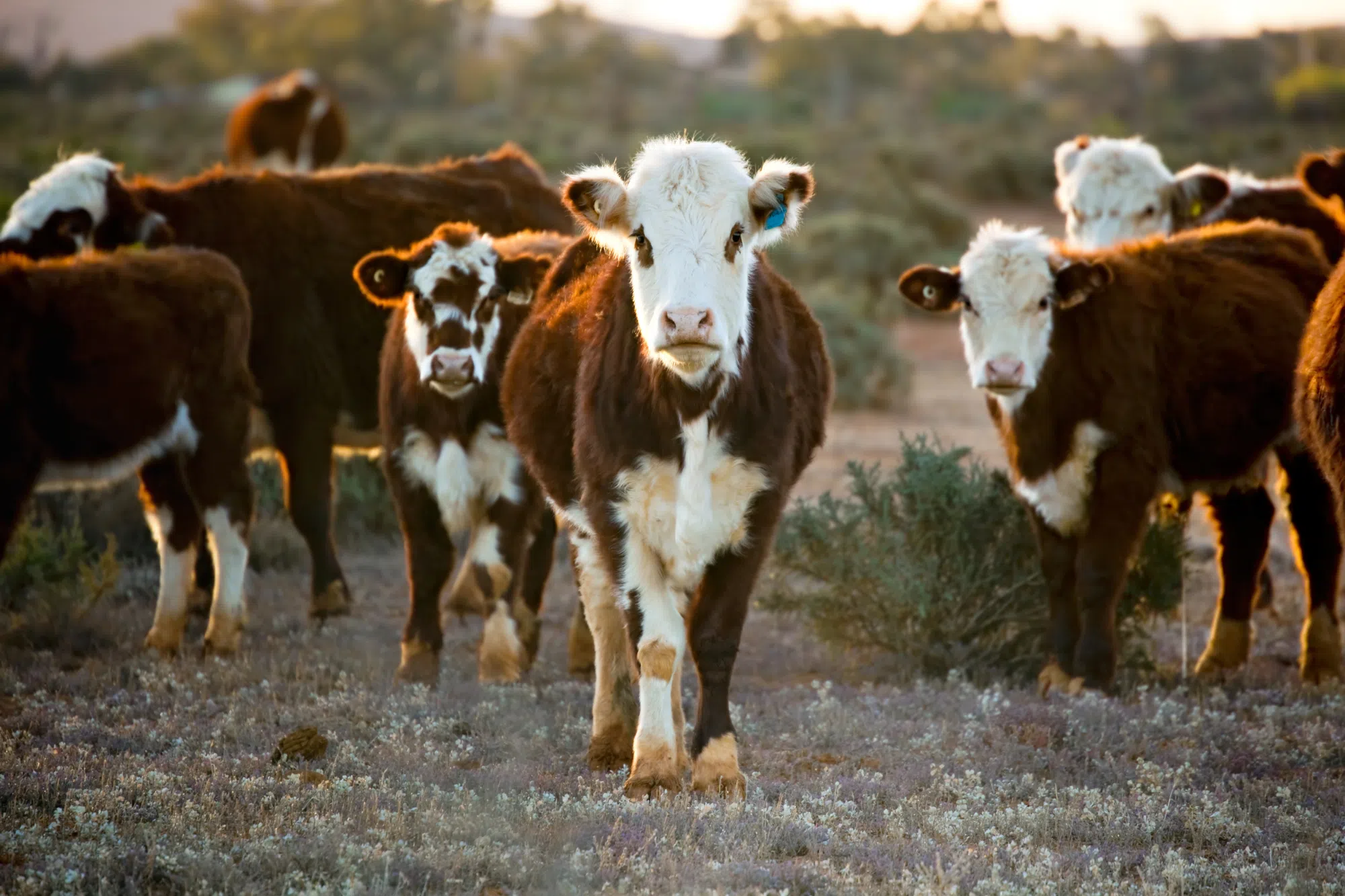The U.S. Department of Agriculture announced multiple steps to deliver on the President’s Executive Order on Promoting Competition in the American Economy to promote fair and competitive markets for American farmers and ranchers, and lower food prices for American families. The following actions were announced by Agriculture Secretary Tom Vilsack during a Farmers and Ranchers in Action event hosted by the White House:
- First, through a multipart framework, USDA is leveraging its funding and research capacity, as well as interagency partnerships, to increase transparency and improve researcher access to seed germplasm, the starting materials plant breeders need to create diverse, resilient, and competitive seed varieties. These were key recommendations identified in USDA’s 2023 report, “More and Better Choices for Farmers: Promoting Fair Competition and Innovation in Seeds and Other Agricultural Inputs.”
- Second, USDA today published an interim report that assesses competitive conditions in the meat retail industry. The report draws on over 1,600 comments received from the public in response to USDA requests for information, interviews with small, medium, and large meatpackers, distributors, retailers, academics, and farmer or advocacy organizations. It identifies hidden fees and unjust/anticompetitive pricing strategies present in the beef market as a case study.
- Third, USDA announced the next steps in a new rulemaking effort under the Packers & Stockyards Act of 1921 to enhance price discovery and fairness in cattle markets. For years, USDA has fielded complaints from producers around beef packers using reported regional cash or spot prices as base prices for fed cattle formula pricing agreements, commonly known as Alternative Marketing Agreements (AMAs). USDA is issuing an Advanced Notice of Proposed Rulemaking (ANPR) to seek comment on several possible interventions to develop new benchmarks as AMA base prices and approaches to trading when using benchmarks.
“Over these last four years, the Biden-Harris Administration has made historic investments in agriculture to help farmers, small businesses, and rural communities get a fair shake,” said Secretary of Agriculture Tom Vilsack. “Our work on competition is about opening up new markets for farmers and delivering fairer, more competitive choices. Today’s actions will help to deliver on more choice and lower costs for seeds used by farmers, more choice and lower food costs for consumers, and a fairer marketplace for ranchers.”
USDA’s framework for promoting research access to germplasm represents a three-part strategy for enhanced seed system diversity, competition, and resilience. Specifically, the framework:
- Identifies opportunities for better defining patent-related disclosure for seeds so researchers understand their freedom to operate. A letter from USDA to the U.S. Patent and Trademark Office (USPTO) USPTO describes the need for more clarity on breeding history and pedigrees and ensuring accessibility to seeds samples placed in patent depositories to adequately disclose plant-related inventions. Clarifying disclosure requirements for utility patents on seeds would help ensure researchers can better understand the scope and bounds of patent rights on plant-related inventions and conduct the research necessary to develop new innovations.
- Provides guidance to USDA researchers around observational uses of protected germplasm in the context of patent law. The ability to observe and understand patented inventions is necessary for federal scientists to pursue critical research and to innovate without fear of infringement. View USDA’s guidance for federal researchers.
- Encourages that germplasm developed by federal funding be shared for research and plant breeding, thus reflecting existing best practices. This will potentially help ensure that the germplasm pool is available for future innovation for both private and public breeders alike to bring new and diverse choices to the market. View USDA’s guidance for federally-funded research.
To learn more about USDA’s focus on seed competition, and to report a complaint, visit the Farmer Seed Liaison webpage.
USDA news release





Comments